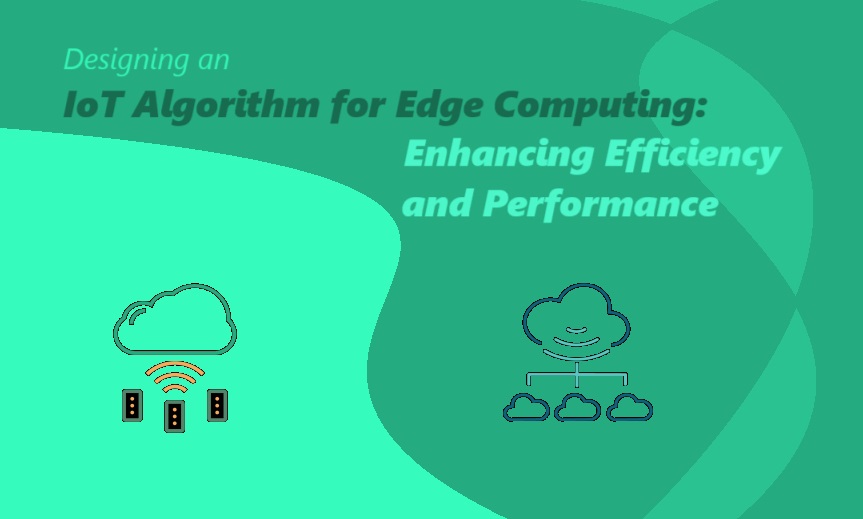Introduction
The Internet of Things (IoT) has revolutionized the way we interact with technology, connecting devices and enabling seamless communication. With the massive amounts of data being generated by IoT devices, traditional cloud computing approaches are proving to be inefficient in terms of latency and bandwidth. This is where edge computing comes into play, offering a decentralized computing infrastructure that brings data processing closer to the source.
The Need for IoT Algorithm in Edge Computing
Edge computing allows for real-time data analysis and decision-making, reducing the need for data transmission to the cloud and enabling faster response times. However, to fully harness the potential of edge computing, a well-designed IoT algorithm is crucial. An IoT algorithm for edge computing should be capable of handling the unique challenges posed by the distributed nature of edge devices and the need for efficient resource utilization.
Key Considerations in Designing an IoT Algorithm for Edge Computing
When designing an IoT algorithm for edge computing, several factors need to be taken into account to ensure optimal performance and efficiency:
1. Scalability
The algorithm should be scalable to handle a growing number of edge devices and the increasing volume of data generated by IoT devices. It should be able to dynamically allocate resources based on the workload and adapt to changing network conditions.
2. Resource Optimization
An efficient IoT algorithm should optimize resource utilization by minimizing the energy consumption of edge devices and maximizing the use of available computational resources. This can be achieved through intelligent task scheduling and load balancing techniques.
3. Latency and Bandwidth Optimization
Reducing latency and bandwidth requirements is crucial in edge computing. The algorithm should prioritize local processing of data to minimize the need for data transmission to the cloud. This can be achieved through data filtering and aggregation techniques.
4. Security and Privacy
Security and privacy are critical considerations in IoT deployments. The algorithm should incorporate robust security measures to protect data and devices at the edge. This includes encryption, authentication, and access control mechanisms.
5. Fault Tolerance
Edge devices can be prone to failures or disruptions. The algorithm should be fault-tolerant, capable of handling device failures and ensuring continuous operation. This can be achieved through redundancy and failover mechanisms.
Designing the IoT Algorithm
The design of an IoT algorithm for edge computing involves several steps:
1. Problem Analysis
Identify the specific requirements and challenges of the IoT application. Understand the data processing needs, latency requirements, and resource constraints.
2. Algorithm Selection
Choose an appropriate algorithm or combination of algorithms that address the identified challenges. This may involve considering existing algorithms or developing new ones specifically tailored for edge computing.
3. Algorithm Optimization
Optimize the selected algorithm to meet the scalability, resource optimization, latency, and security requirements. This may involve fine-tuning parameters, incorporating parallel processing techniques, or implementing data compression algorithms.
4. Testing and Validation
Thoroughly test the algorithm using representative datasets and real-world scenarios. Validate its performance, efficiency, and reliability under different conditions.
5. Deployment and Continuous Improvement
Deploy the algorithm in a real-world edge computing environment and monitor its performance. Continuously gather feedback and make necessary improvements to enhance efficiency and address any emerging challenges.
Conclusion
Designing an IoT algorithm for edge computing is essential to unlock the full potential of the IoT ecosystem. By considering scalability, resource optimization, latency, security, and fault tolerance, developers can create algorithms that enhance efficiency and performance in edge computing environments. As edge computing continues to evolve, the design of IoT algorithms will play a crucial role in enabling faster, more efficient, and secure data processing at the edge.

